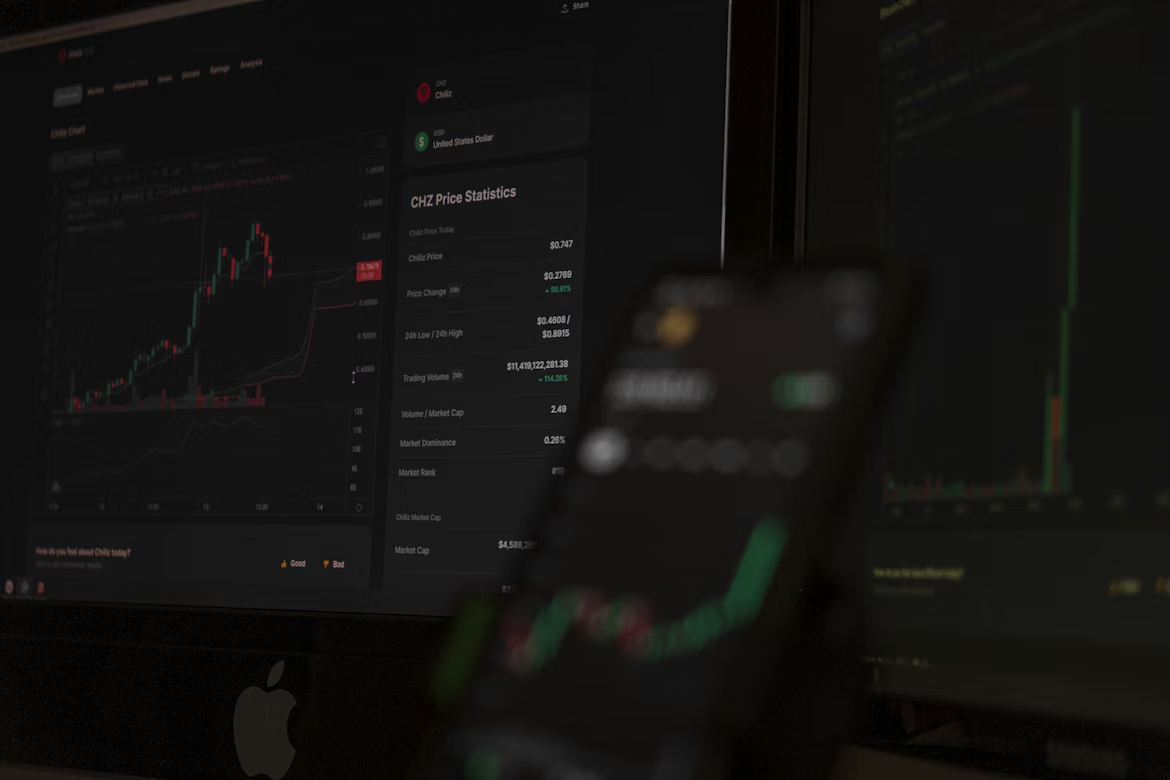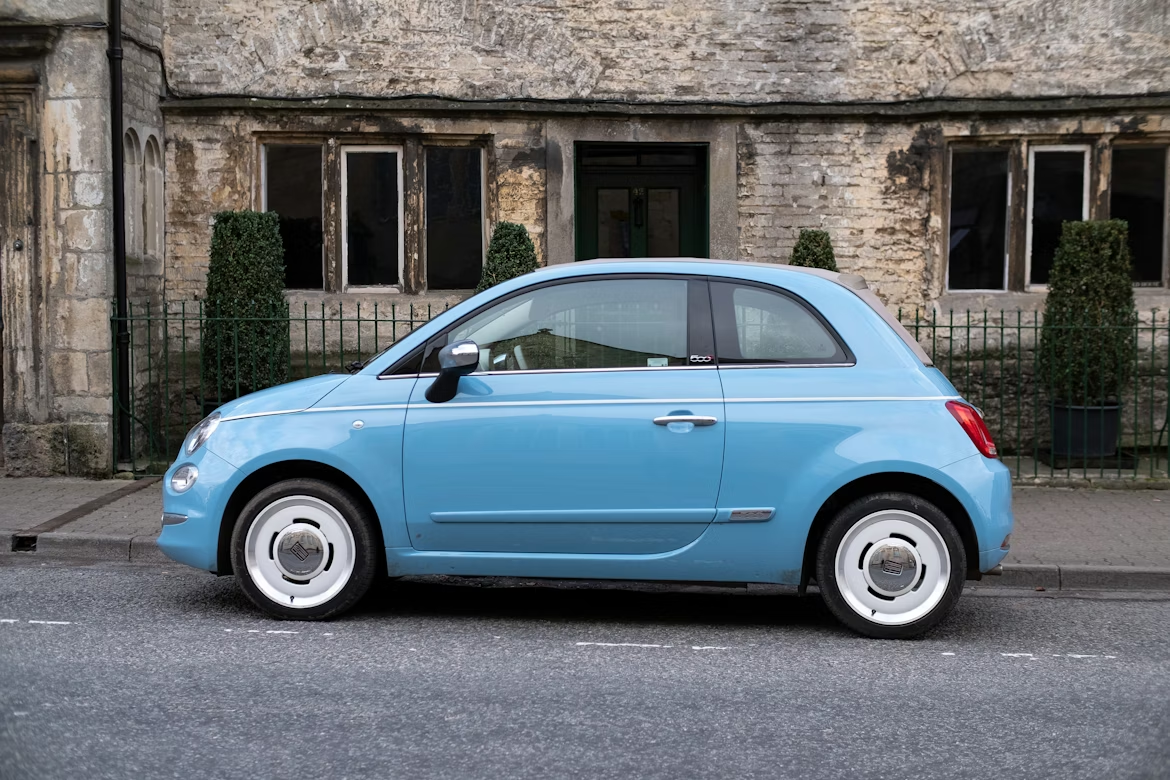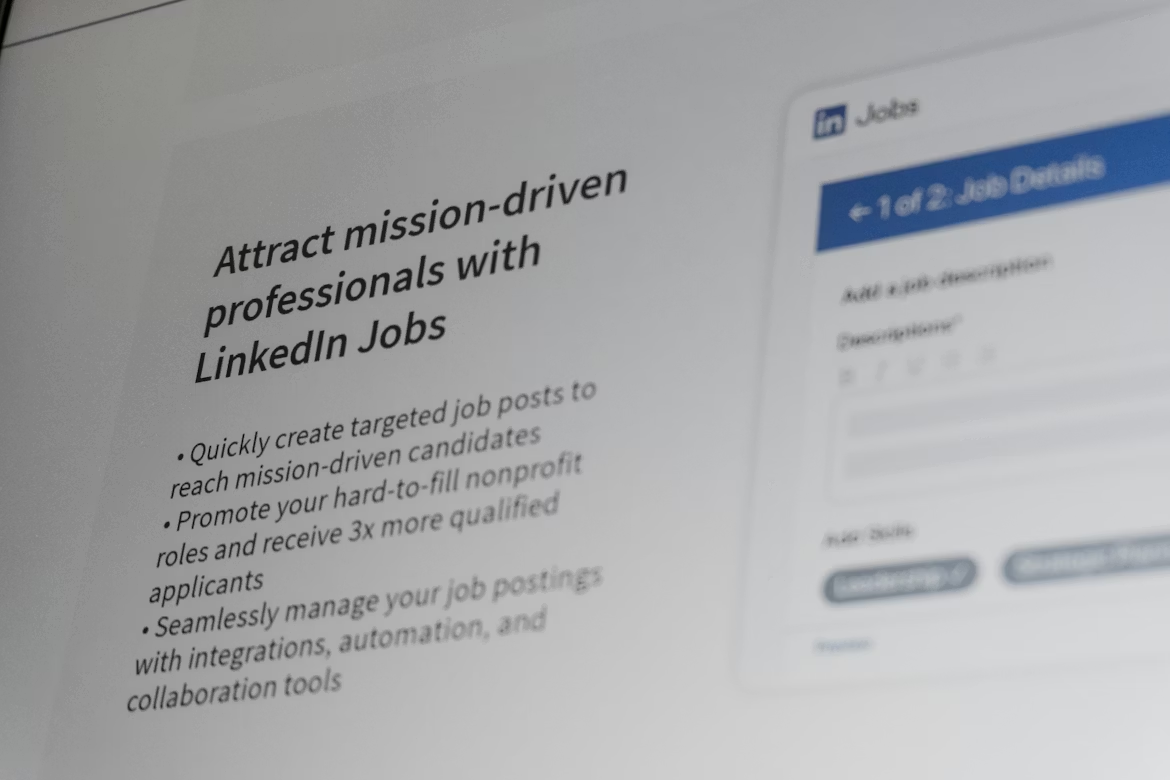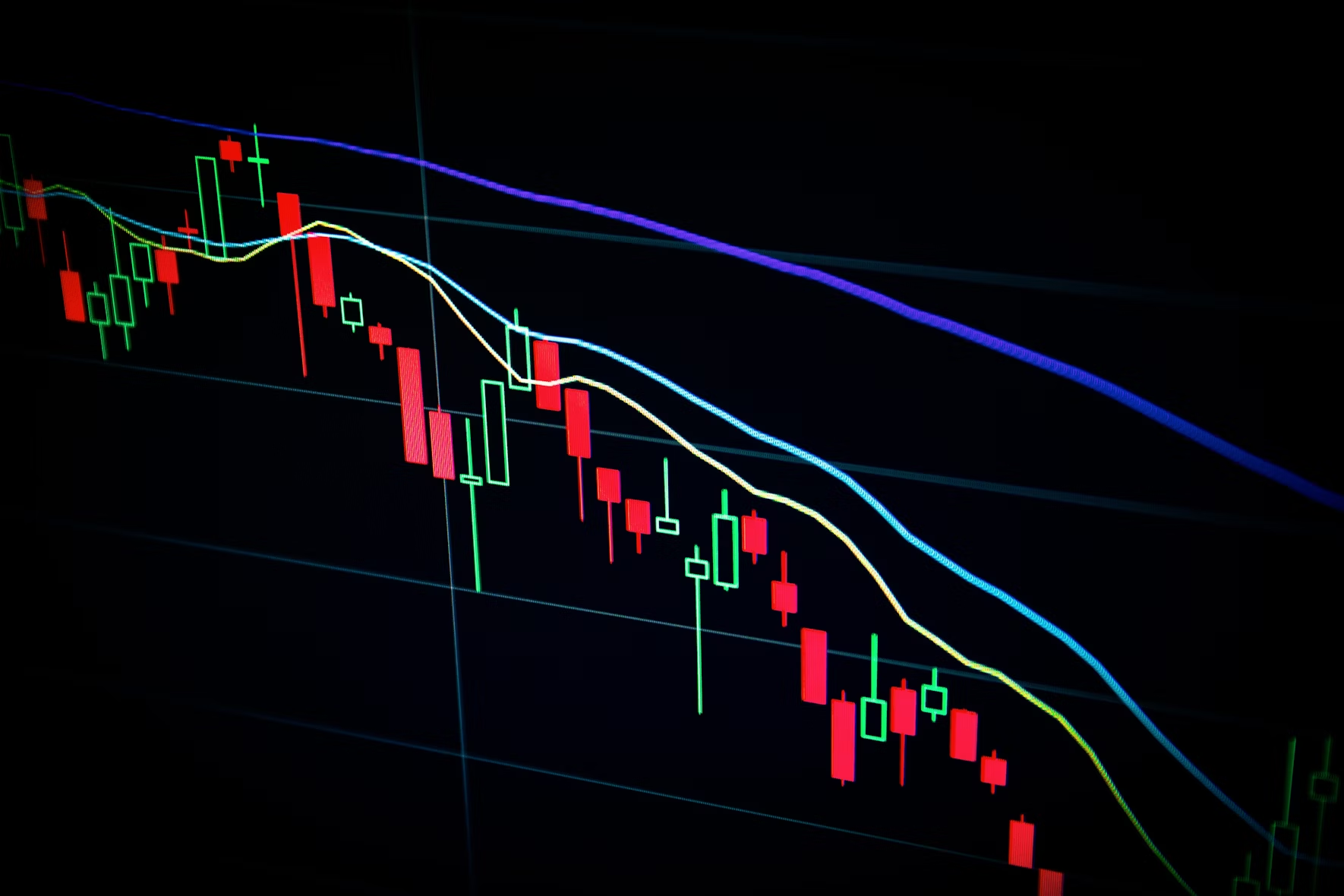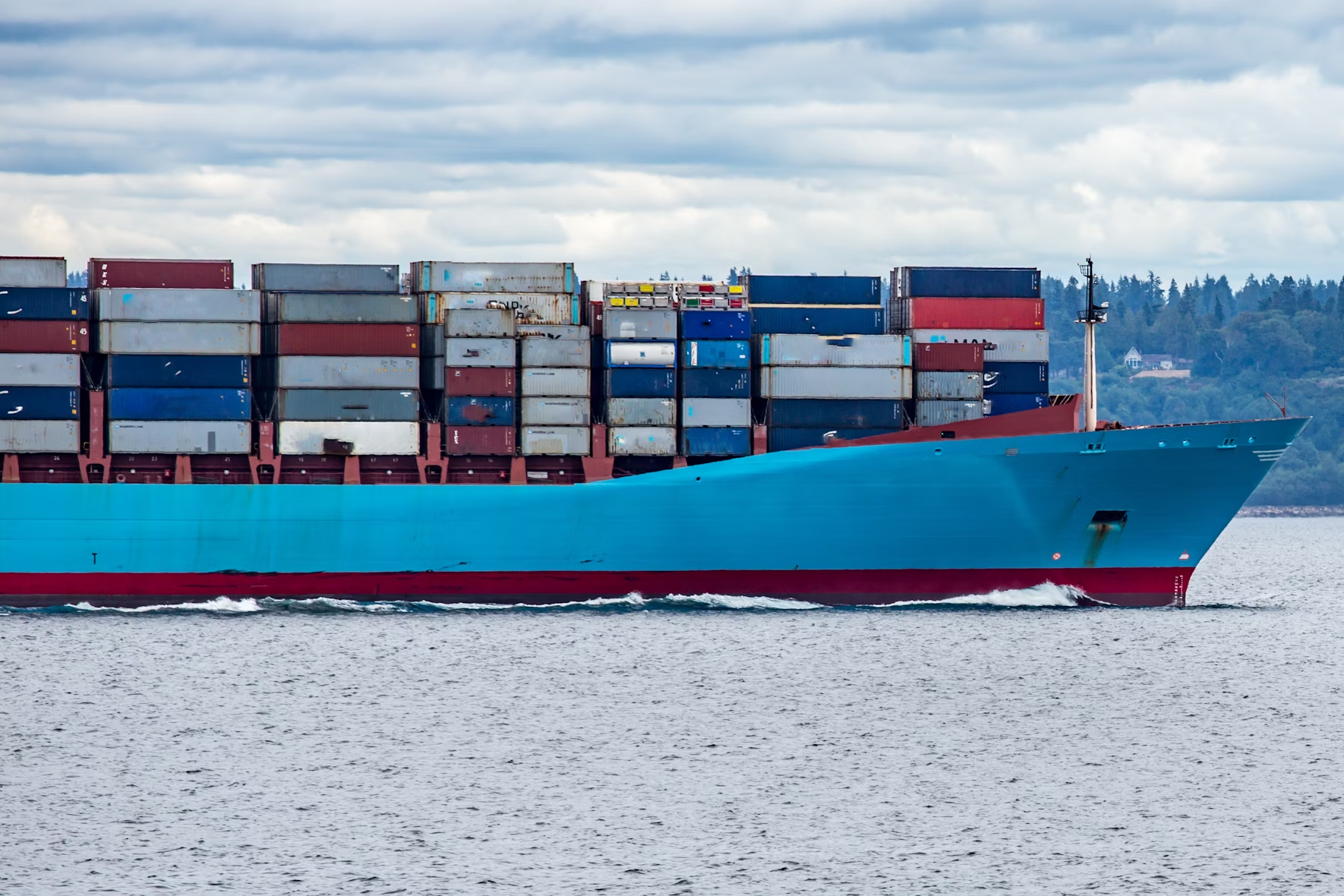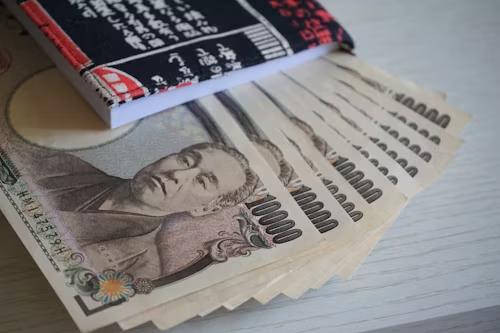Following the U.S. imposition of "reciprocal" tariffs on numerous countries, the global reaction has not been pleasant. Countries such as Vietnam, South Korea, Thailand, Japan, Mexico, Canada, the U.K., India, and Australia have shown a willingness to negotiate with the U.S., seeking to lessen the tariffs' economic impact, with Vietnam even offering to eliminate all its tariffs in a potential deal. In contrast, China has adopted a hostile stance, imposing retaliatory tariffs of 34% on U.S. imports and suspending negotiations related to TikTok's sale and rare earth export bans and taking a public stance against "blackmail". The European Union and Canada, while preparing countermeasures—such as Canada’s reciprocal tariffs on $21 billion of U.S. goods—remain open to dialogue to resolve the trade tensions, whereas Brazil has passed legislation enabling retaliation against any nation imposing tariffs on its goods. This varied landscape highlights the complex strategies nations are employing in response to the U.S. tariff policies, and Trump's hope for the "best deal" might just happen.
EQUITY
Stocks are seeing a glimmer of hope after Nasdaq inched up 0.1% thanks to unconfirmed tariff-pause rumours, although other main board indices are still freefalling due to the escalating U.S.-China trade war and recession fears. Price hovered near bear market territory (down nearly 20% from its peak), with real estate stocks down 2.4%, while communication services and technology sectors chipped out modest gains. Investors continue to be anxious of President Trump's 50% tariff threat on Chinese imports for retaliating.
GOLD
Gold prices are hovering at $3,000 after falling to a low of 6.6% from the peak, slowly rebounding from support level at $2,960. Equity is not the only victim of tariffs, but gold was often liquidated to protect leveraged positions in this market environment, while demand for them would also be hurt from exorbitant costs to import. The market is increasingly staying cash-heavy, not even putting them in bonds with a 10-year treasury yield spiking 5%.
OIL
Crude oil made a fakeout when the price shot up from $64 to $67 and back down after a tariff pause rumour. OPEC+ amplified the slide by tripling planned May output to 411,000 barrels per day, while Saudi Arabia slashed crude prices for Asian buyers to a four-month low with weakening demand projections. Investment banks, including Goldman Sachs and Citi, had also slashed oil price forecasts, with the main concern that tariffs could erase 2025’s demand growth.
CURRENCY
The U.S. dollar fell to a six-month low before trimming some losses, as investors questioned its status as a safe-haven asset over tariffs and their impact not only on U.S. economic growth but also on global trust in its stability. The Japanese yen and Swiss franc rise to near six-month highs while the risk-sensitive Australian and New Zealand dollars drop sharply, with the Aussie nearing a five-year low ahead of the RBNZ fiscal decision looming. Market hope for a rate cut in May shifted after rumours of tariff pauses and negotiation optimism.

